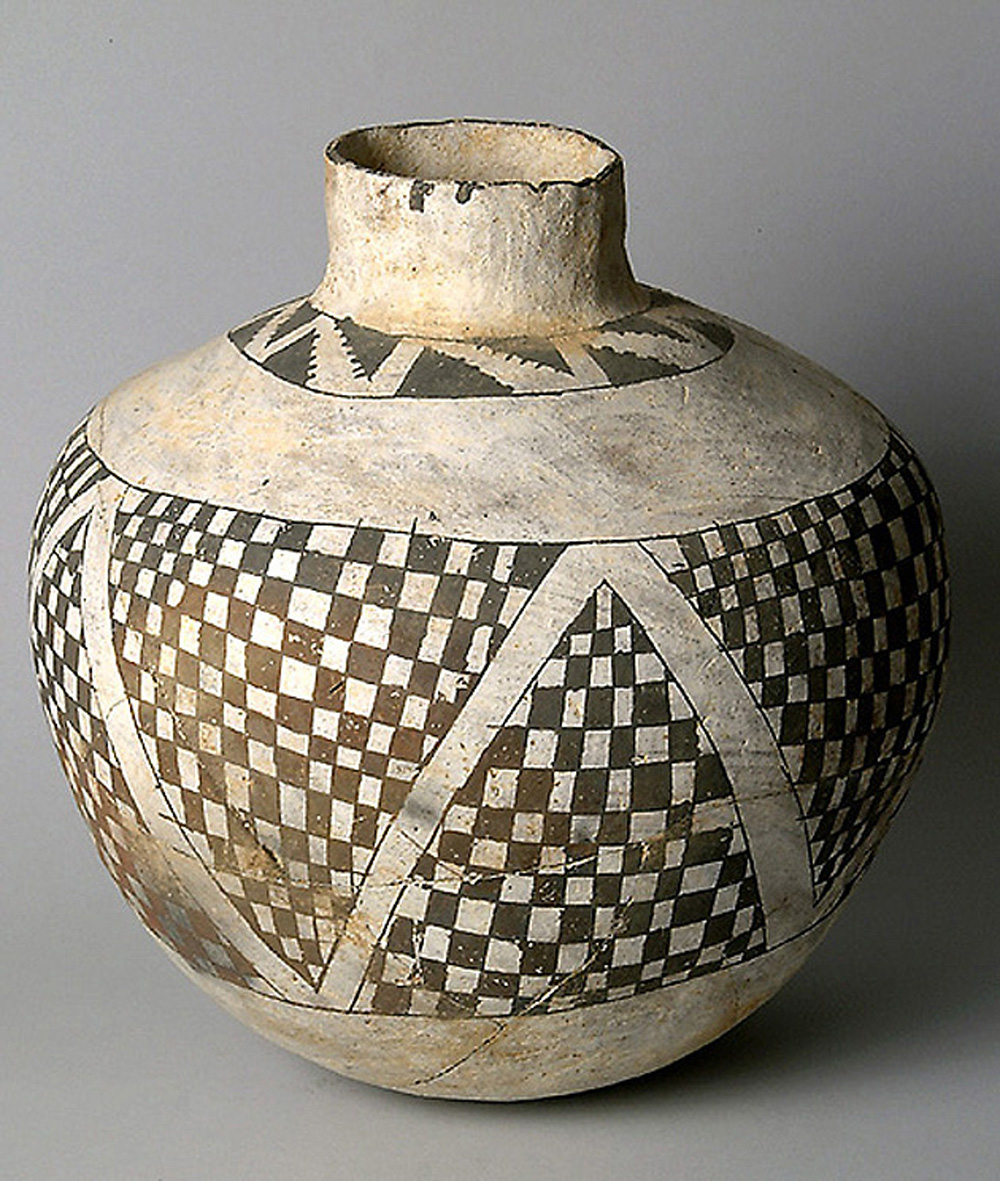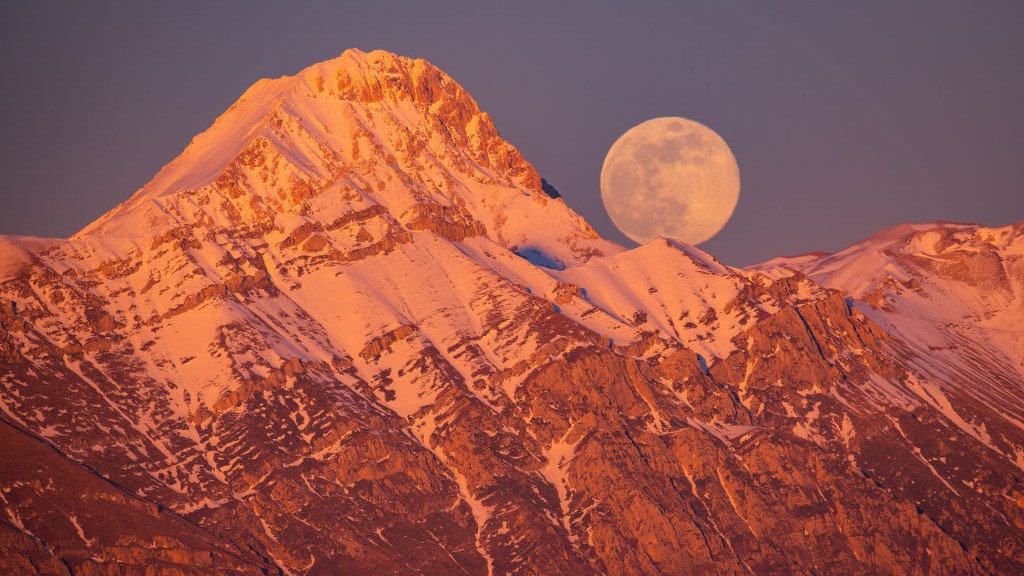Chaco Canyon Photos: Amazing Ruins from an Ancient World
Pottery patterns

It should be no surprise that Chaco pottery was also unique and beautiful in its design, function and quality. Plain, clay cooking pots first appeared at Chaco around 450 to 500 A.D. More durable and easier to make than baskets, pottery artisans became an indispensable part of the Chacoan culture, producing both plain and ornate ceramics for cooking, serving and the storage of food supplies. Chaco pottery makers soon began using black paint to decorate their pottery with geometric designs, as seen in this photo. This black-on-white painted pottery is the hallmark of Chacoan pottery. Archeologists find great value and insight in studying pottery because variations in pottery design reflect the peoples’ cultural changes.
Park animals

Chaco Canyon is located in an arid region with a characteristic high desert and a xeric scrublands biome. The flora throughout the region is similar to what is typically found within all North American high deserts, areas with short growing seasons, long winters and minimal rainfall. Creosote bush (Larrea tridentata() a variety of cholla with a mingling of piñon and juniper trees are typically found. A wide variety of high desert animals, such as elk (Cervus elaphus), American badger (Taxied taxes), black-tailed jackrabbit (Lepus californicus) and the bobcat (Lynx rufus), shown here, are just some of the many mammal species that have long made Chaco Canyon their home.
Rich history

Chaco Canyon was the major center of the ancient Pueblo Peoples culture between 900 to 1150 A.D. The great houses that they built were the largest building in North America until the 19th century. At its zenith, the population of Chaco probably never exceeded more than 6,000 people, but their influence spread across the Colorado Plateau and southward to their trading partners within the large Mesoamerica cultures ofcentral Mexico. Exactly why the people eventually abandoned Chaco Canyon is not known, but an extensive drought that began around 1130 A.D. may have been a major contributing factor. The bumpy journey across the unpaved roads that lead even today to Chaco Culture National Historic Park is well worth the effort for visitors to explore firsthand the amazing ruins still found in Chaco Canyon.
Get the world’s most fascinating discoveries delivered straight to your inbox.


